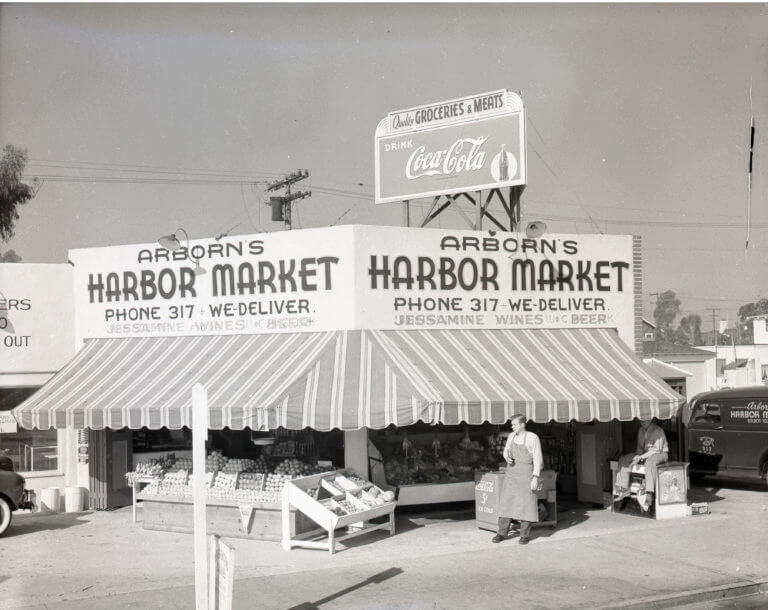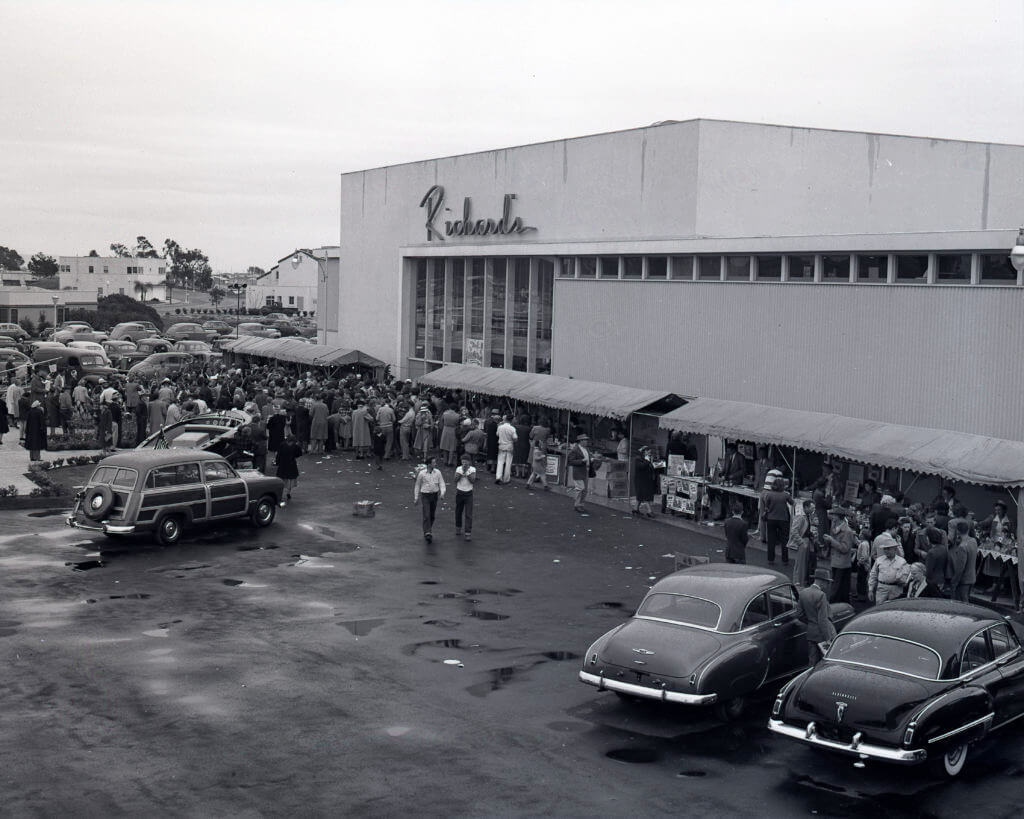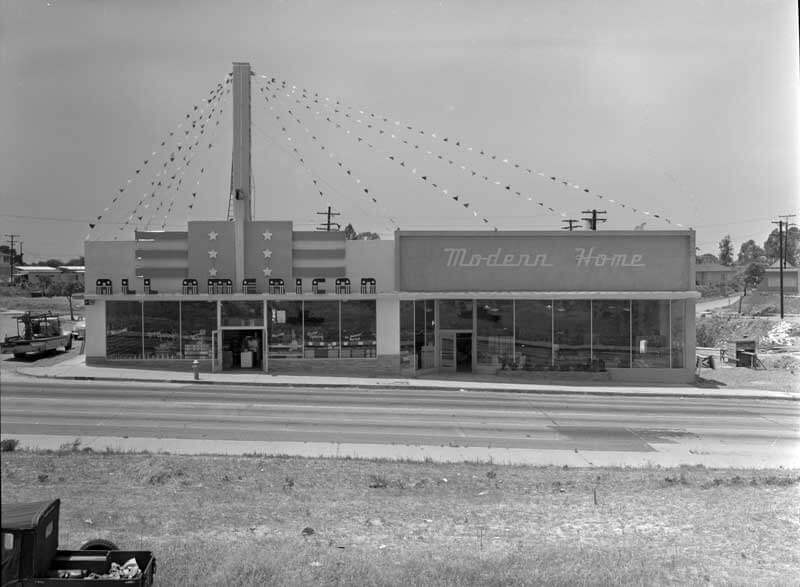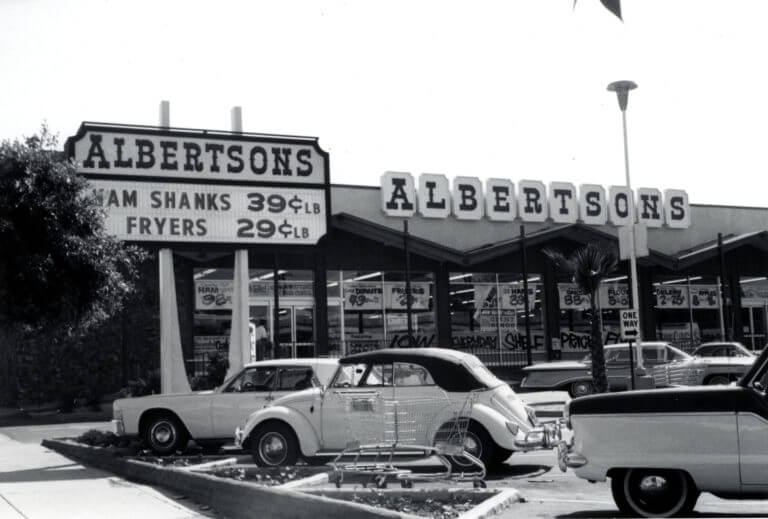Supermarkets come to Newport Beach

Paul Wormser, Library Director
From the start of World War II through the early 1960s California’s population increased dramatically, making it the most populous state by 1962. Like California as a whole, Newport Beach grew faster than any point its history, from 4,438 residents in 1940 to 26,564 in 1960. The influx of new residents also meant an increased need for housing and shopping.
Small neighborhood stores such as Arborn’s Harbor Market on Balboa Island were typical in the years prior to World War II. But with the increased population, larger stores became viable. Supermarkets, characterized by larger stores, self-service shopping and individual departments began to emerge.

Perhaps the grandest of these supermarkets to emerge was Richard’s Market in the Lido Village area. O. W. (Dick) Richard founded the store in March 1948. It was large and well-appointed including a café and gift shop. Customers could select their own groceries or call in an order to be delivered to home or yacht. The store even had an organist who played in the afternoons, Thursday-Saturday.
In the same year that Richard’s Market opened, the Greater All-American Market built a store at the corner of Coast Highway and Jasmine, to serve the growing Corona del Mar population. The store, while much smaller than Richards, was still in the mold of the new supermarkets. The Greater All-American markets was a small chain of stores with locations in Los Angeles and Orange Counties.

The All-American market operated in Corona del Mar until Albertsons purchased the chain in 1965 as their first toehold in California. In 1966, the market was rebranded as an Albertsons and remained so until 2015. In that year, Albertsons sold the location to Haggen Company, a Washington state based grocery chain, to address monopoly concerns raised by their merger with Safeway. Haggen’s tenure was short-lived and after about a year, Smart and Final took over the location. As for Richards Market, it too was sold in 1966, but continued to operate until 1976, when it could not come to terms on a lease with the property owner.



